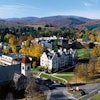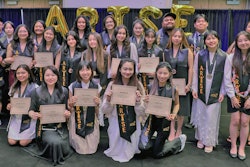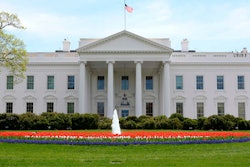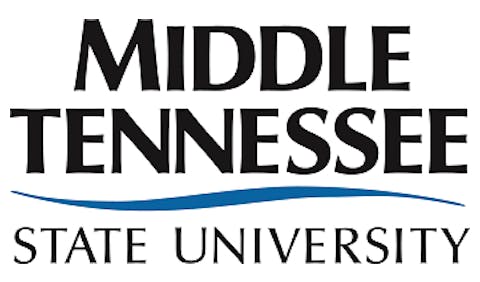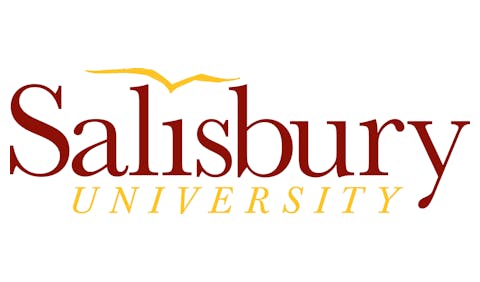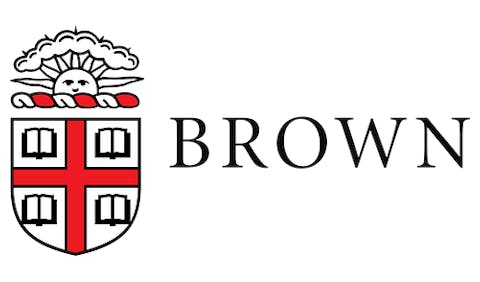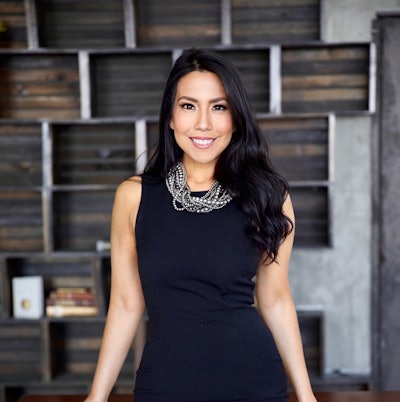 Dr. Adriana Villavicencio
Dr. Adriana Villavicencio
“I wanted my daughter to see other children who look like her,” Tran explains. “But I was also looking at the academic performance. Schools with more Asian students often have higher test scores and more rigorous programs.” Tran’s perspective reflects the findings of a groundbreaking study recently published in the Harvard Educational Review, which reveals how the pervasive “model minority” stereotype influences Asian American parents’ school selection process. The research, led by New York University’s Dr. Adriana Villavicencio and doctoral candidates Tiffany Wu and Verenisse Ponce-Soria from the University of California, Irvine, explores the complex intersection of racial attitudes, academic expectations, and school choice.
The researchers interviewed 34 Asian American parents navigating a large urban school district’s ranking system as their children prepared to enter kindergarten, sixth grade, or ninth grade. These participants were drawn from a broader sample of 1,865 parents applying for schools in the 2022-2023 academic year. The interviews were conducted in English or Mandarin, based on the parents’ preferences, and covered questions related to their personal backgrounds, familiarity with the district’s enrollment policies, school selection, and their decision-making processes in ranking preferred schools.
What they discovered was striking: approximately 80 percent of the Asian American parents identified student demographics as one of their top priorities when selecting schools. More specifically, 29 percent preferred schools where Asian students comprised half or more of the student body, while 35 percent actively avoided schools with significant Black or Latine student populations (25 percent or higher). Twelve percent of parents expressed both preferences. “Many parents we interviewed expressed concerns about their children’s safety and academic development,” says co-author Tiffany Wu. “They often associated these concerns with racial composition of schools, reflecting internalized stereotypes about which racial groups value education more highly.”
The study argues that these preferences reflect the enduring impact of the model minority myth—the stereotype that portrays Asian Americans as universally successful due to inherent cultural values emphasizing education, hard work, and compliance with authority. This stereotype, which emerged in the United States during the mid-20th century, has been criticized by scholars for creating a false racial hierarchy and obscuring the significant diversity within Asian American communities. The enduring impact of the ‘model minority’ myth Despite these criticisms, the model minority myth continues to shape educational experiences and choices. For many of the parents interviewed, these stereotypes manifested in their school selection process. One participant, a Chinese American father of a sixth grader who requested anonymity, explained his reasoning: “I look at the percentage of Asian students because, in my experience, those schools have more advanced classes and higher standards. Parents push their kids harder.”
The influence of the model minority myth extended beyond academic considerations. Several parents expressed concerns about perceived cultural differences in discipline approaches and behavioral expectations. One mother described seeking out schools with “similar cultural values” where teachers would “maintain order” and “push students to achieve,” language that echoes common elements of the model minority stereotype.



